An Irish Boat to New Brunswick.
Before the arrival of airplanes, our Irish ancestors had to travel rough seas to get to any other location from their isle. Some passages were especially harrowing, and caused premature disembarkments to lands that were not the original destination of the voyage.
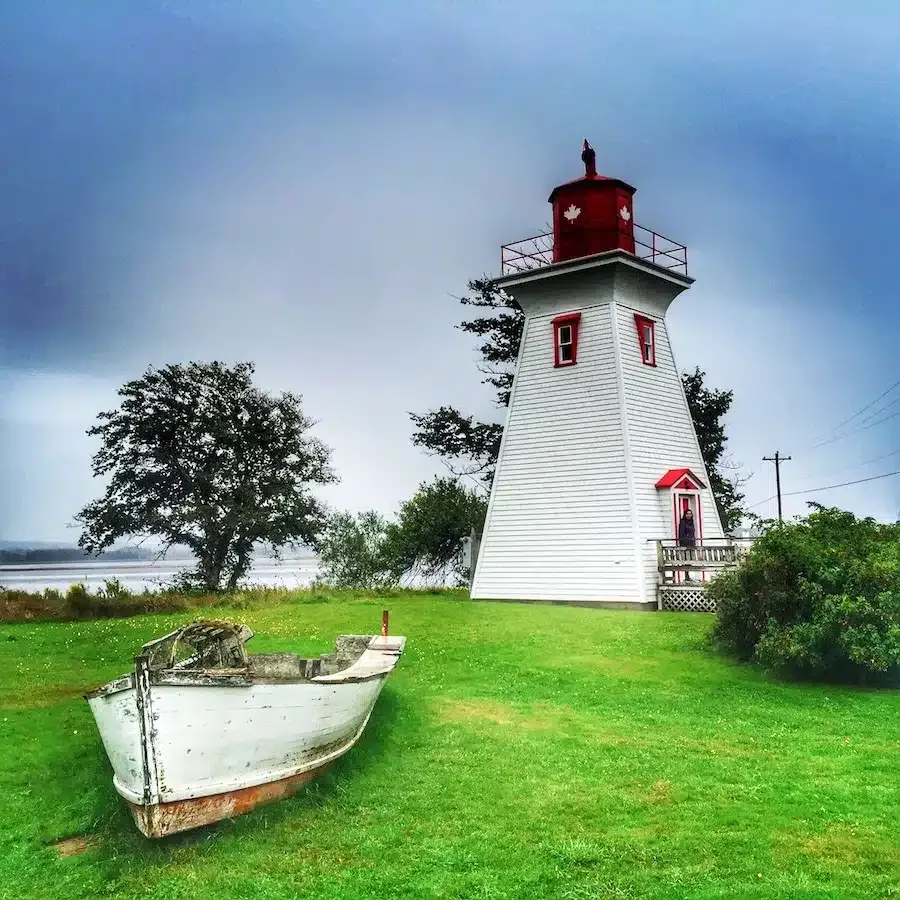
A few weeks back, we chatted about the various “Irish Ancestry Trails” around the world – I asked readers to share their own “trail”. We received some great stories of whole families leaving Ireland during difficult times – and how their descendants spread to the many parts of the world we find them today.
Richard Murray from Ontario in Canada was just one of the people to contact me. The rest of this letter contains the story and movements of his Irish ancestors as they arrived in what was to become Canada – and spread over much of North America in the following decades.
I think you will enjoy it – and probably see many shared characteristics with your own extended Irish family. I comment on various parts of Richard’s letter – and we construct a conversation between us:
Richard: My Irish Murry ancestors came to Canada in the year 1824. They sailed from Sligo with their 3 year old son, James and 109 other souls, aboard the timber-ship “Elizabeth”. They were bound for Saint John, New Brunswick.
Mike: A lot of people are surprised that their Irish ancestors left Ireland prior to the famine of the mid-1800s. They ask: “Why did they leave?”. The answer is usually a combination of need and opportunity. Maybe life was difficult in Ireland because of recent sickness, crop failure, rent-racking, mini-famine or just because the farm was too small to accommodate any more than one son? Combine any of these with the lure of a local boat promising free land and a new start in a faraway country. Boats arrived from New Brunswick full of timber – and they needed ballast for the way back. People made good cheap “ballast”. In fact, as a shipowner, you even got the chance to make a little extra money.
So, where did Richard’s people come from in Ireland? The surname Murry/Murray in Ireland is VERY numerous (see here). It comes from an old Gaelic first name that was anglicised many ways in different parts of the country e.g. Murrihy or Murray or McMurray. However, the main clue of their origin lies in the port of departure – Sligo. The chances were high that this family came from Galway, Mayo, Sligo, Roscommon or Donegal.
Also, if the family were Roman Catholic – there is a good chance that James the son was named after the paternal grandfather according to Irish naming patterns.
Richard: On 28 August, the ship grounded on Sable Island and lost one seaman. They were able to re-float on the high tide and proceed on their way until, on September 4th, just off Cape Sable Island, near the South-West shore of Nova Scotia; they once again struck on what was known as “The Horse Race Ledges”, this time breaching the hull. The ship was taken into the nearby port of Barrington, having 5 feet of water above the sand ballast. Some of the 112 passengers stayed in Nova Scotia, including my ancestors, Charles and Jane, where two more sons were born to them.
Mike: What a dramatic way to be introduced to your new country! I’m often struck by stories where a family hits land for the first time – and because of the offer of a job or maybe sickness or an accident – they decide to get off the vessel and start their new life at that very spot!
Richard: In 1828 the settlement of New Ireland was formed in New Brunswick (in what is now known as Albert County); where the New Brunswick government was offering free land grants. In 1830 my ancestors moved their young and growing family to this new settlement, where Charles, (my g-g-grandfather), received a grant of 100 acres. In New Ireland, a daughter, two more sons and another daughter were born, completing that family.
Mike: “New Ireland” – I like the sound of that! As I’m sure your ancestors would have at the time – it had a certain appeal. Remember that Ireland contained 95% tenant farmers up until the early 1900s. Many of these tenant families existed on less than 20 acres each. The offer of 100 acres must have felt like the “promised land”. Although, I’m sure it was ferocious hard work clearing that land for productive use.
Richard: After the Civil War ended in the U.S., the oldest daughter Susan, (now married… to a lad of Irish parents, of course James Fleming), took their young daughter who was born in 1867, along with my g-g-grandparents and an older brother, John and set off for the U.S. John found employment in Oswego, NY, as a ship’s caulker, (a trade he learned in Albert County).
Mike: And now the family starts to spread across the continent.
What brought Susan and James to Oswego? Adventure? Employment? The promise of a better life? It’s very interesting that Susan took her parents and brother with her. At this stage, they must have been in their late sixties.
Let’s look at that surname, Fleming. It came into Ireland with the Normans in the 1100s. It’s a locative surnames – meaning a “man from Flanders” and it’s also quite prevalent in England and Scotland. However, I do notice that there are many Fleming families from around Sligo – where the Murry family departed from Ireland. It’s the case that families often married into other families sharing the same location of origin in Ireland.
Richard: The daughter and parents continued west, as far as Ohio, where my g-g-grandfather dies, on 9 January 1868, in Tiffin, Senica Co., Ohio. The Fleming’s and my g-g-grandmother settled in Hartland Twp, Huron Co., Ohio, where James farmed. My g-g-grandmother Jane, died on 26 February 1871. In the 1880 census, Susan is listed as “widow”.
Mike: I do wonder what brought them even further west? It must have been hard for Susan to have moved that far and then to find herself without parents and husband.
Richard: Back in New Brunswick, the eldest son James Murry, moved his family to Delaware, where he was listed as farmer in New Castle County. William, the second son born in Nova Scotia, became a carpenter and in 1880, moved his family to Boston. Charles Jr stayed in New Brunswick and farmed.
Mike: We visited New Brunswick just last September. We passed through Moncton (I think it’s close to “New Ireland”) – and continued to Saint John. When travelling through the area, another Irish man called Stephen Rea commented: “I know nobody here, but recognise everybody”. That is the feeling we also got as we wandered the streets of Saint John.
Isn’t it amazing just how much migration occurs within one family? From the Murry family who departed Sligo – we have new families being set up in New Brunswick, Boston and Delaware and Ohio.
Richard: Mary Jane, the youngest of the first generation, married, had three children, a boy and two girls. The son, Mortimer, became editor of the local newspaper, before going to British Columbia, to become editor of a magazine, then off to Seattle, WA., to become editor of “The Seattle Post Intelligencer”. The two daughters died, one in infancy, the other at nine months. Mary Jane and husband Isaac Wood, died nine days apart, in September 1865.
Mike: As the next generation rises, it’s always heartening to see them make such a positive impact on the world around them.
Richard: Andrew, my g-grandfather, also remained in New Brunswick and farmed in Charlotte Co. He lived only to be 41 years of age. I was born in an isolated lighthouse station in Charlotte County, NB. My dad was the keeper there for 25 years. I now live in Prince Edward County, Ontario.
Mike: Richard, if you ever get around to writing a memoir or biography – that is the opening line: “I was born in an isolated lighthouse station in Charlotte County, NB. My father was the keeper there for 25 years. One hundred years before, his ancestors swept up on that same shore from County Sligo in Ireland…..”
What do you think?
Many thanks to Richard for sharing his “ancestral story and trail” – and to everyone who shared theirs. I look forward to sharing many more in the letter going into the future.
What do you think? If you would like to share your ancestral story – or the surnames in your family tree – do feel free to leave your comments below and connect.
That’s it for this week – and we do look forward to you joining us again next week.
Slán for now, Mike & Carina.

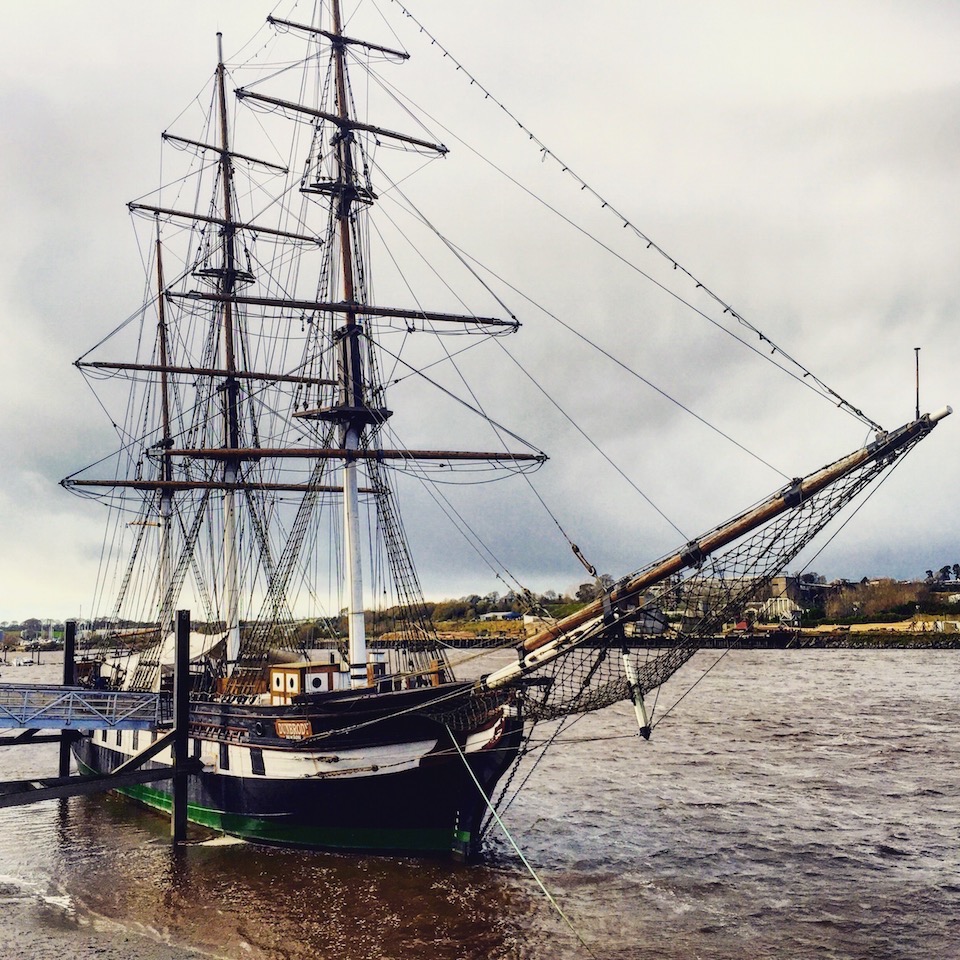
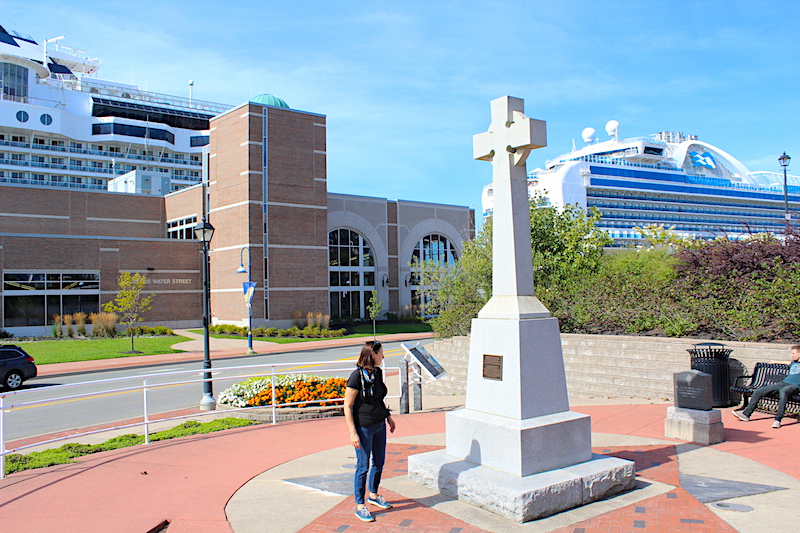


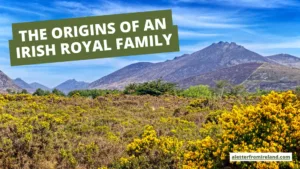
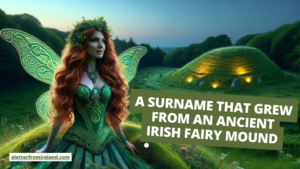
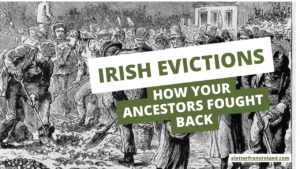
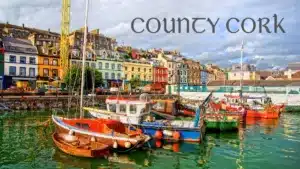
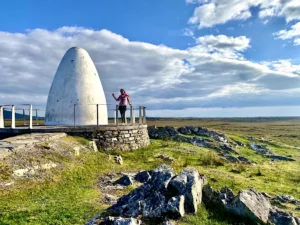
Only Plus Members can comment - Join Now
If you already have an account sign in here.